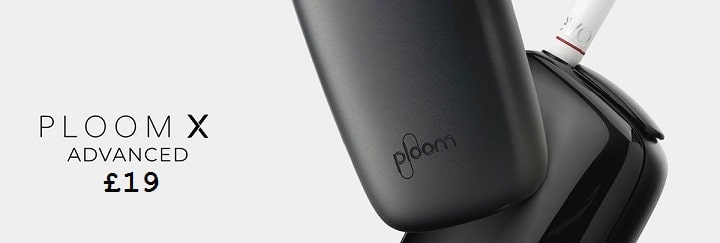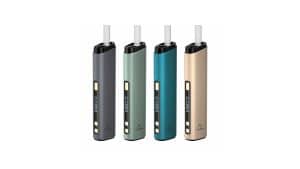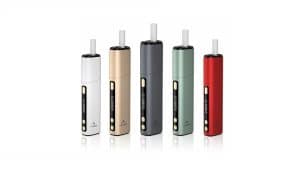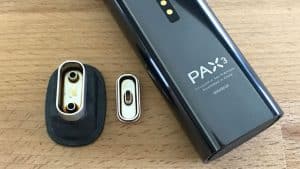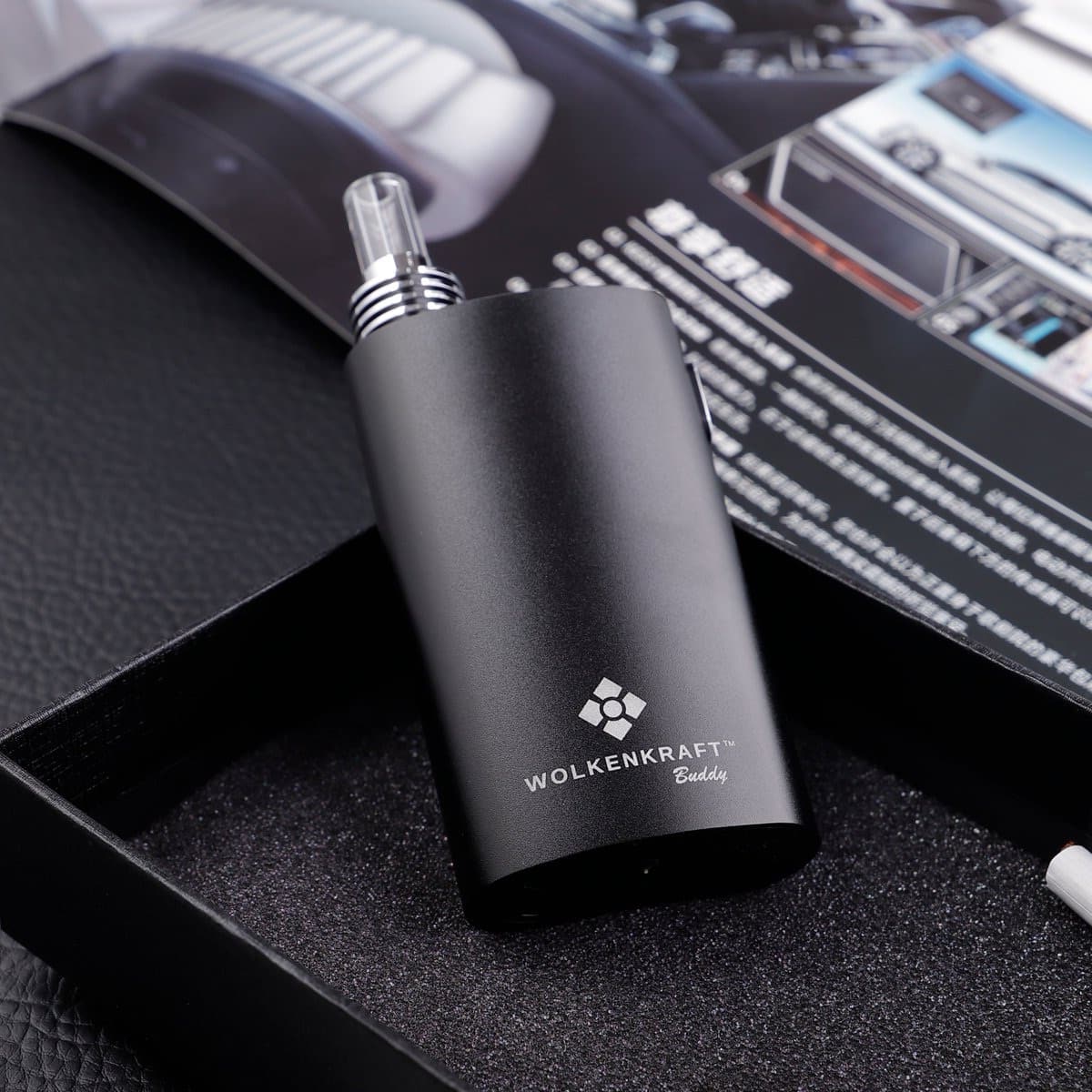
Convection Heating Vaporizer
In a break from the normal heat-not-burn devices, we were invited to review the Wolkenkraft Buddy. Unlike the PAX3, the Buddy heats by convection rather than conduction.
What is the difference I hear you ask? Well, I’ll tell you.
Conduction heating is where the heating element is directly in contact with the item to be vapourised. While convection uses a heating element below the chamber and utilises heated air through the chamber, evaporating them equally.
So, what? I hear you say. Well, with conduction heating, the vapourising material – which could be tobacco; pipe or rolling – is cooked. The downside is that only the outside is cooked, which can often lead to the content being vapourised unevenly. For some material, this is clearly not what is wanted. Convection heating on the other hand, allows the material to be vapourised evenly, it also means that the material doesn’t need to be stirred. This produces consistent vapour and flavour.
Unboxing
As with most products we see, the Wolkenkraft Buddy is packaged up nicely, nestling in a foam top layer. What struck me most was how small the device is (50.5 wide x 26 thick x 114mm tall) considering that it is packing a whopping 2300mAh battery inside.
A battery which, by the way, gets to your chosen temperature in about 20 seconds – up to 230 degrees centigrade (446 degrees Fahrenheit) as its maximum and 160 (320) degrees as its minimum.
Underneath the top layer is the usual accompaniments, cleaning equipment, a filling tool, steel pod, manual and the requisite USB charging cable.
Technical Details
Taking a closer look at the Buddy before I, and my beautiful assistant, get our hands grubby with using it. The chamber is ceramic which, depending on exactly which ceramic, allows for some great thermal conductivity. Particularly if you opt to use the steel pod (which Wolkenkraft recommend you do, for all vapourising materials).
The Wolkenkraft Buddy also sports a large, easy to read, OLED display on the top surface giving you an at-a-glance overview of your battery level and target temperature.
The Buddy is slightly curved, so it fits in the hand rather nicely, and it feels solid and well made. Interestingly for a vapouriser of this kind, it has adjustable airflow.
Of course, the Buddy isn’t just for loose leaf tobacco, but we aren’t interested in those aspects of it. Without further ado, let’s dive in with some specially purchased pipe tobacco.
Vaping With The Buddy
The heating chamber is large. Very large in fact. Compared to the PAX3 (0.3g), the chamber in the Buddy is significantly larger. Fortunately, there is no need to fill the chamber completely. Nor do you need to pack the material in – unlike the PAX3. In fact, the looser the material, the better.
The Wolkenkraft Buddy has only one button on the side – comfortable for thumb use – with the usual 5 clicks on – it vibrates to indicate it is on and heating. Once the Buddy is on, it immediately starts heating the chamber to the pre-set temperature, once the pre-set temperature is reached, it vibrates again to indicate it is ready for use. As I’ve opted to experiment with the Buddy using pipe tobacco rather than roll-your-own, I’ve got mine set at 200 – after a period of trial and error, as each blend is different, 200C is ideal for my current blend – 190 was OK, but lacked in flavour.
As Wolkenkraft state on their site, the Buddy does have a very quick warm up time. For 200C it’s between 15-20 seconds. Changing the temperature is easy enough, while the Buddy is on and actively heating, it’s a single; long press (~1 second) of the button to adjust in 10-degree increments. That is somewhat of a niggle for me, I’d much rather have a greater degree of control over the chosen temperature either by smaller fixed increments of 2 or 5 degrees. I also like, on occasion, to be able to just step down in temperature rather than having to keep going upwards in a loop to get back where I started. It is only a minor niggle though.
Being a vaper, I’m used to changeable airflow on my various devices. However, I didn’t feel much difference between a fully closed and a fully open setting when using the Buddy. That may, of course, be a side effect of my chosen material. Regardless, the flavour that came from my tobacco was rich Virginia and Turkish tobacco blend – with a slight hint of spice.
The Buddy does have an auto shut-off after 5 minutes which, for my pipe tobacco at least, is perfect. After each session, the tobacco is evenly toasted with very few, if any, obviously burnt strands. So, the convection heating system certainly works well.
Conclusion
This was my first dry leaf vapouriser and I was rather impressed by the Wolkenkraft Buddy. It is simple to operate, with the single control button. The chamber heats very quickly and, thanks to the convection heating system, the tobacco is evenly toasted giving a lot of flavour on each draw. The airflow control is a bit hit and miss and, for my pipe tobacco at least, didn’t seem to make any kind of difference to the vape or flavour.
I would, of course, like to see the ability to go down as well as up the temperature setting – which would no doubt need additional buttons – and in smaller increments instead of jumping up 10 degrees C. No doubt the increments can be amended via firmware.
Battery life is excellent. Easily lasting a few days light use. It does, however, take a while to fully charge from empty – usually around an hour to 90 minutes. But it does last.
From everything I’ve heard about Wolkenkraft, their devices are great for vaping substances of an herbal nature, but there’s next to nothing on them about their use for tobacco. It’s nice to discover that the Buddy works just as well with pipe tobacco (I’ll get around to trying RYO at some point).



